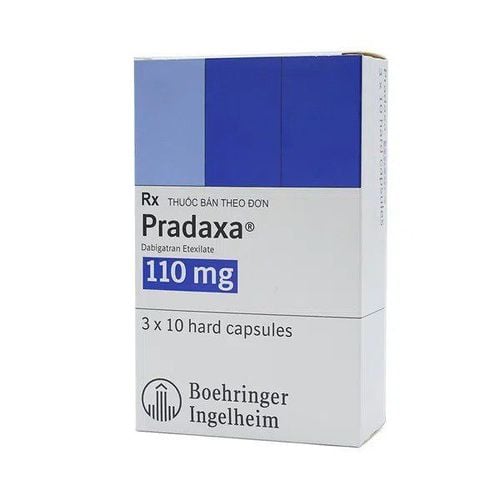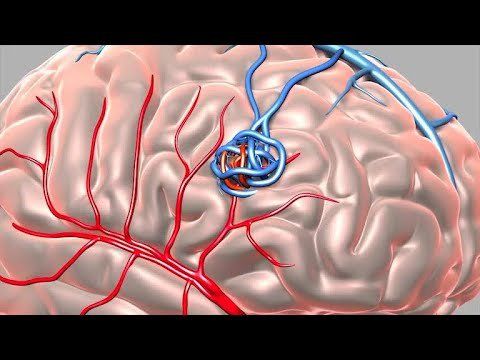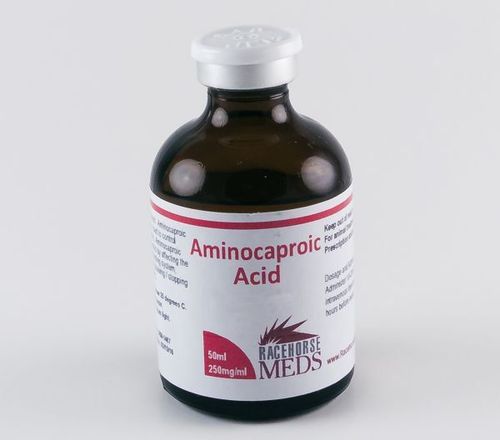This is an automatically translated article.
This article is professionally consulted by Master, Resident Doctor Tran Duc Tuan - Department of Diagnostic Imaging - Vinmec Central Park International General Hospital. The doctor has many years of experience in the field of imaging and interventional internal and external blood vessels.Digital erasure angiography (DSA) captures images of blood vessels with X-rays. This technique can be applied to many different blood vessels in the body and combines local fibrinolytic pump therapy. How is the process of imaging and treating the local thrombolysis pump with digitized extremity erasure?
1. What is the local thrombolytic pump for limb thrombosis?
Currently, there are many methods to treat thrombosis of extremities with high efficiency such as surgery to remove thrombus, direct fibrinolysis through the catheter, thrombus suction through the catheter, and stent placement. The methods can be applied independently or in combination.In which, local fibrinolysis through the catheter is a method performed by inserting a catheter with many internal holes into the clot, then conducting a continuous infusion of fibrinolytic drugs. through the catheter for a period of 16 - 34 hours to dissolve the clot, helping to restore the condition of the blood vessel. This whole process will take place in the digitizing room to remove the background.
2. Indications - Contraindications
Indications for imaging and local fibrinolysis pump therapy for extremity thrombosis digitized to clear the background Acute arterial - venous thrombosis of extremities (< 3 weeks); Perform imaging and treatment according to the professional requirements of the treating doctor. Contraindications Chronic arterial - venous thrombosis of extremities (> 3 weeks); Allergy to contrast material containing iodine; Severe renal failure stage IV; Severe and uncontrolled coagulopathy (prothrombin <60%, INR > 1.5, platelet count < 50 g/l); Pregnant women.
3. Preparation of equipment and drugs before imaging and treatment with local fibrinolytic pumps for vascular thrombus digitization and erasure
Machines and vehicles Digital background removal angiography (DSA) ; Dedicated electric pump; Film, film printer, image storage system; Lead shirt, apron to shield X-rays. Medicines to be prepared Local anesthetic; Pre-anesthetic drugs and general anesthesia if the patient has indications; Anticoagulants and anticoagulants neutralizers; Water-soluble iodinated contrast agent; Antiseptic solution for skin and mucous membranes.4. Prepare the patient before aortic intervention
The patient was thoroughly explained about the imaging procedure and treatment with local thrombolysis, digitizing and erasing the background and signed an agreement to consent to the procedure before the procedure. Patients need to fast, fast for 6 hours before or can drink no more than 50ml of water. After entering the imaging room and administering local fibrinolysis, the patient lies in the supine position and is monitored for vital signs such as breathing rate, pulse, blood pressure, electrocardiogram, and gas. arterial blood by machines. In case the patient is uncooperative or aggressive, a sedative will be prescribed. Disinfect the skin surface with an antiseptic solution and cover with a sterile towel with holes.5. Procedures for imaging and treatment of local fibrinolytic pumps for vascular thrombosis digitized background erasure
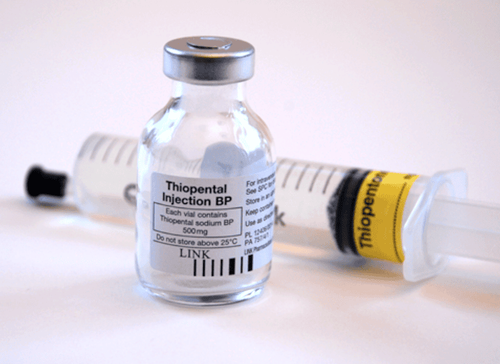
Using a 21G micro-needle set (micropuncture) puncture the lumen under ultrasound guidance. Routine intravascular catheterization (luminal catheter).
Angiography to assess the damage and approach the lesion Conduct angiography of the lower extremities through the catheter, evaluate the entire vascular system in the upper and lower limbs of the lesion. Use a catheter, guide and microcatheter, microwire to pass through the thrombus, then place the guide wire inside the thrombus so that the tip of the wire is outside the thrombus.
Interventions for treatment and monitoring Insert a specialized catheter with multiple lateral holes into the thrombus by following the guide wire so that all of the lateral openings of the catheter are inside the thrombus. Using an electric syringe and wiring, continuously infuse thrombolytic drugs (r-tPA) through the McManama catheter at the dose prescribed by your doctor.
Using an electric syringe and connecting wire, continuous infusion of Heparin anticoagulant through a tube into the vascular lumen (intravascular tube), continuous infusion time 16-24 hours.
After that, the patient was taken to the usual ward, closely monitored and periodically tested for coagulation parameters: ACT, APTT, APTT b/c, INR every 4 hours. Adjust the infusion rate based on the coagulation test results as ordered by the interventional physician.
Evaluation of recanalization after fibrinolysis The patient was taken back to the interventional radiology room and assessed the degree of recanalization with iodinated contrast. The fibrinolysis period may be continued, so that it does not exceed 30 hours.
Recanalization after intervention Angioplasty and/or stents if the thrombus is not completely resolved
Evaluation after intervention Angiography assesses circulation after revascularization. Close the vascular access, end the procedure. The occlusive stenosis was successfully recanalized when the degree of remaining occlusion was not more than 30%. At establish circulation anteriorly, during and after the injury site.
6. Complications when performing the procedure
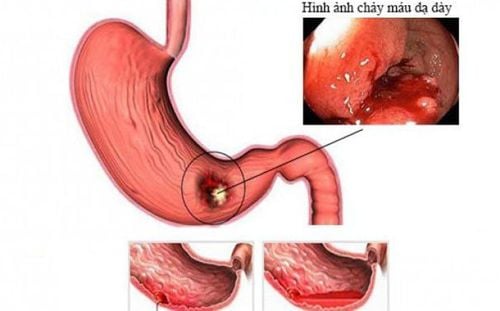
A system of modern and advanced medical equipment, possessing many of the best machines in the world, helping to detect many difficult and dangerous diseases in a short time, supporting the diagnosis and treatment of doctors the most effective. The hospital space is designed according to 5-star hotel standards, giving patients comfort, friendliness and peace of mind.
Please dial HOTLINE for more information or register for an appointment HERE. Download MyVinmec app to make appointments faster and to manage your bookings easily.






